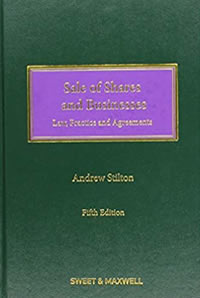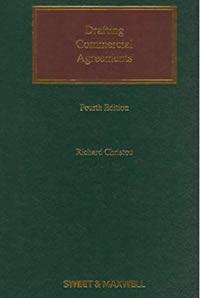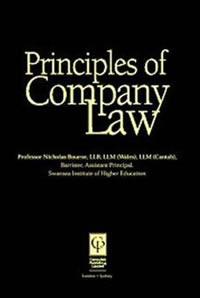
Sale of Shares and Business Law, Practice and Agreement
An appreciation by Elizabeth Robson Taylor of Richmond Green Chambers and Phillip Taylor MBE, Head of Chambers and Reviews Editor, “The Barrister”
Practitioners involved in corporate transactions, including sales of shares or businesses, or both, need – ideally – an encyclopedic knowledge of the procedures and processes involved – a formidable requirement if there ever was one.
Fortunately, help is at hand in the form of this long-established and ever reliable work of reference out now in a new fifth edition from Sweet & Maxwell and Thomson Reuters.
In collaboration with colleagues at Keystone Law and others at Baker Tilly — and also at Peter Rowney Tax Consulting Limited — author Andrew Stilton is careful to clarify at the outset, the differences between the two basic deal structures for buying and selling a business, specifically the sale and purchase of some or all of its assets, as opposed to the sale and purchase of its shares.
It is pointed out that in the case of a sale, the assets and liabilities of the business will still belong to the company, with no change in its contractual relationships. Further details of the relative advantages and disadvantages of share purchase and\or business purchase are discussed in the text, followed by clear and illuminating explanation of the key aspects of this often-complex subject.
Key issues that immediately emerge from this complexity are taxation and due diligence, the latter encompassing financial due diligence and legal due diligence, each dealt with in depth. Very useful here is Appendix 1, entitled ‘typical areas that may be covered in a financial due diligence report.’
As this is a fast-changing area of law, the new material in this new edition is worthy of note. Much of it deals with (since the previous edition of 2015) recent development in GDPR — General Data Protection Regulation, which, in the author’s opinion ‘heralds a new dawn in the concept of data protection’.
The issues involved range from completion, confidentiality and consent to relevant M & A transactions, to lawfulness, fairness, and non-disclosure agreements, to storage limitation – and a lot more.
As you would expect — and as practitioners will appreciate — the book provides impressive amount of research resources, including tables of cases, statutes and statutory instruments and of European legislation. And if you need to look something up in a hurry, simply turn to the table of contents which is very detailed and the lengthy index.
Also notice the almost 350 pages of precedents – forty of them – contained in Appendix 2. The book certainly abounds in helpful time-saving features which aid navigation, including the numbered paragraphs throughout.
There’s a CD too, attached to the back cover – and if you encounter any problems running or installing it, there’s a helpline available.
Corporate lawyers will no doubt regard this book as an essential purchase, as will anyone for that matter, who is involved professionally in financial services.
₦81,755.00






